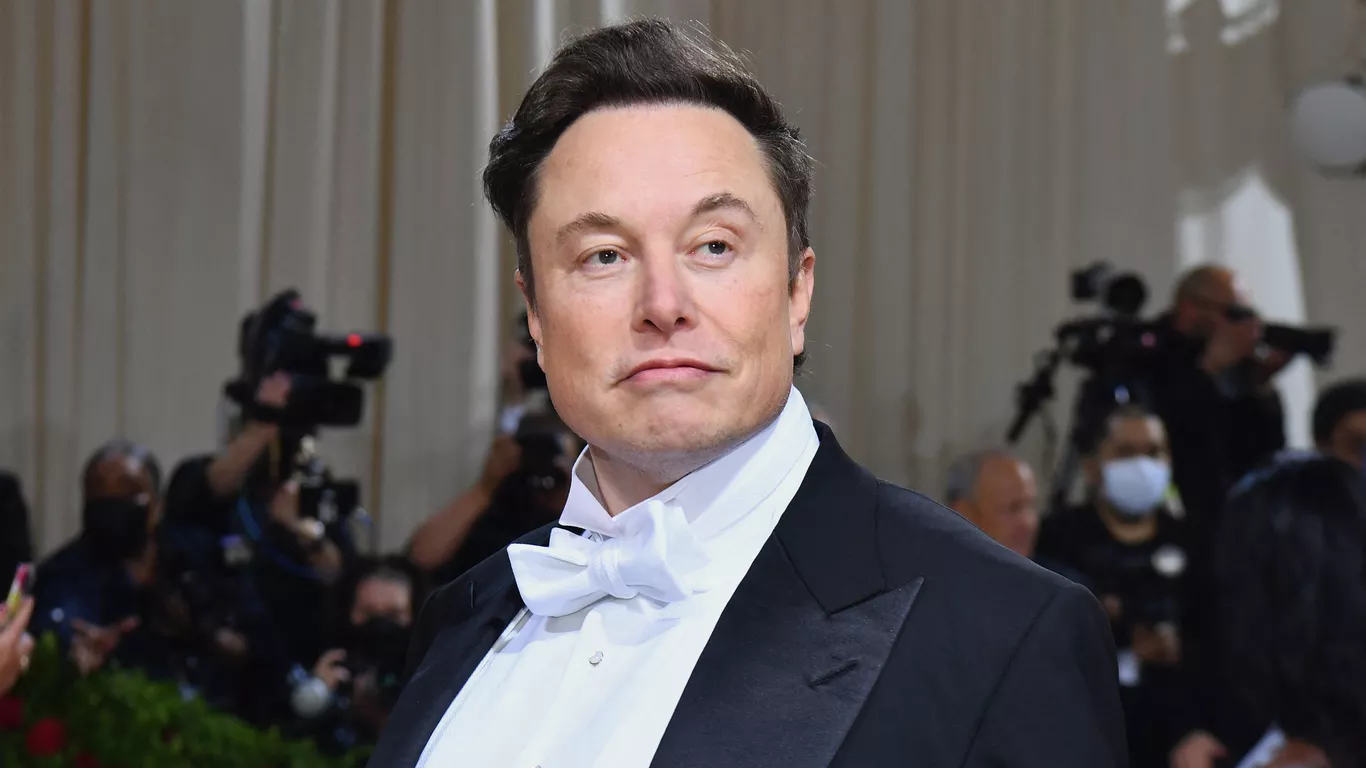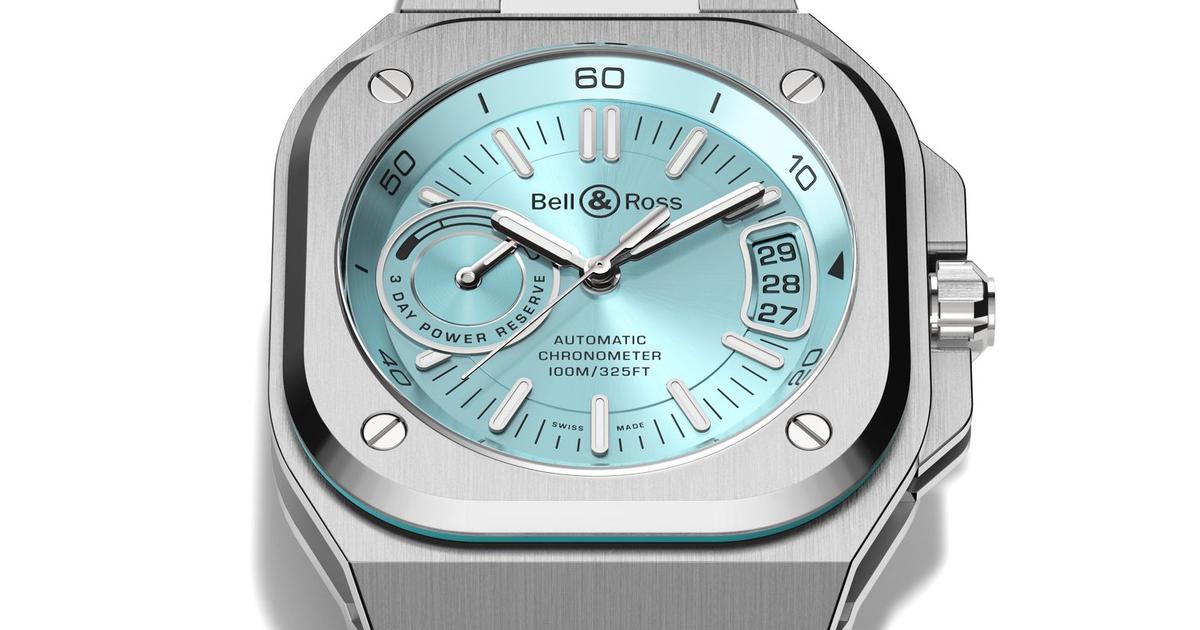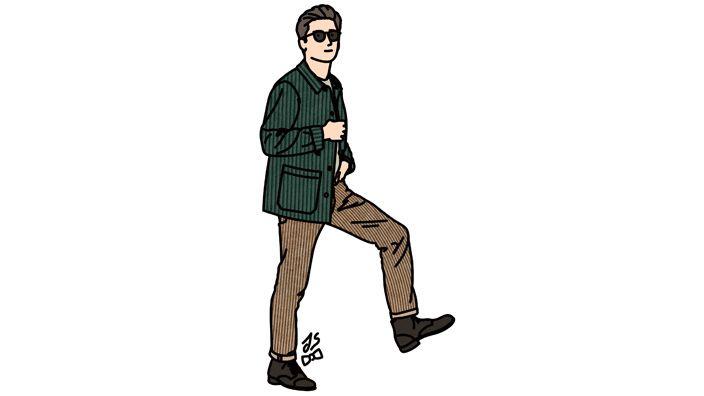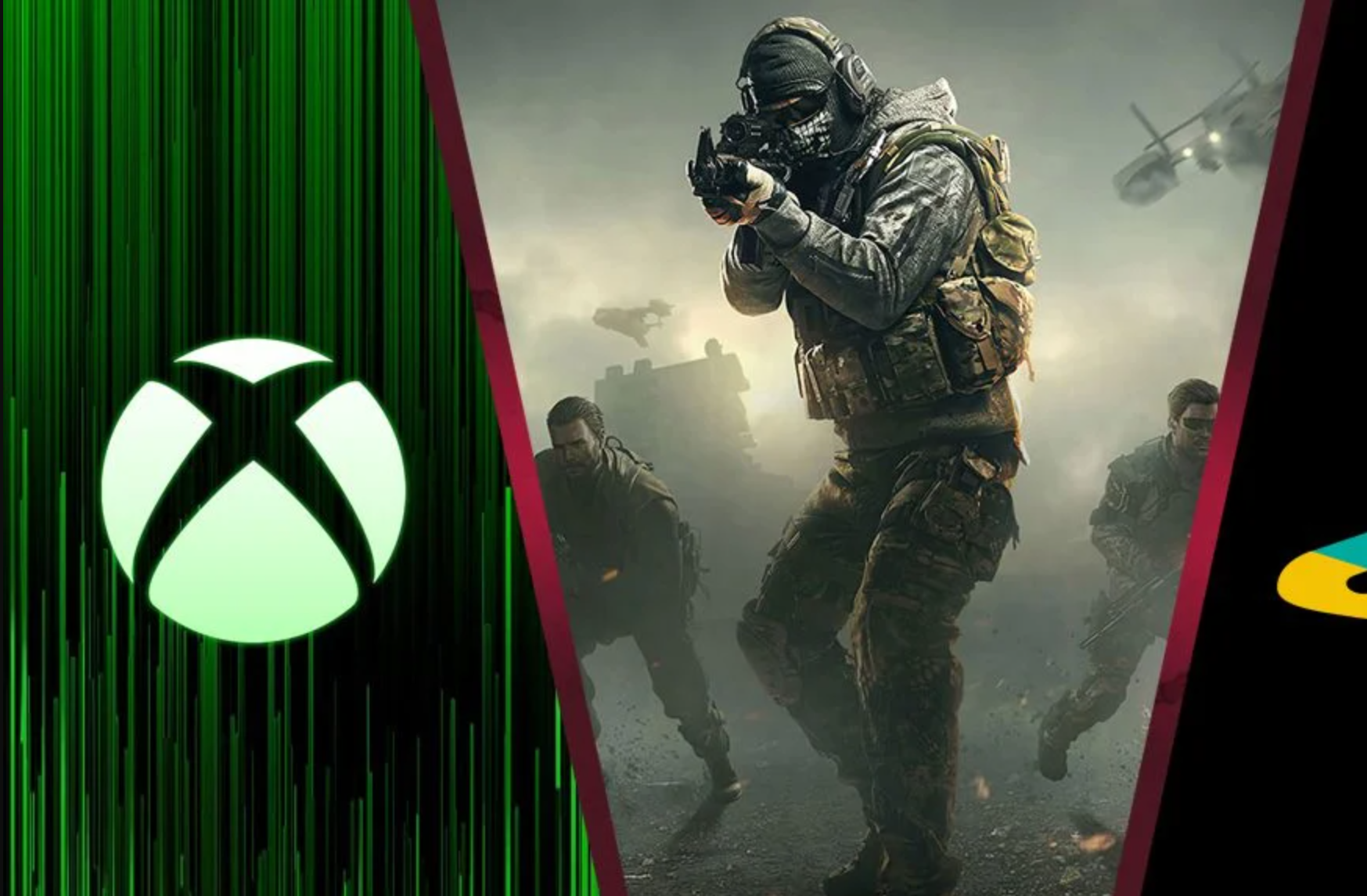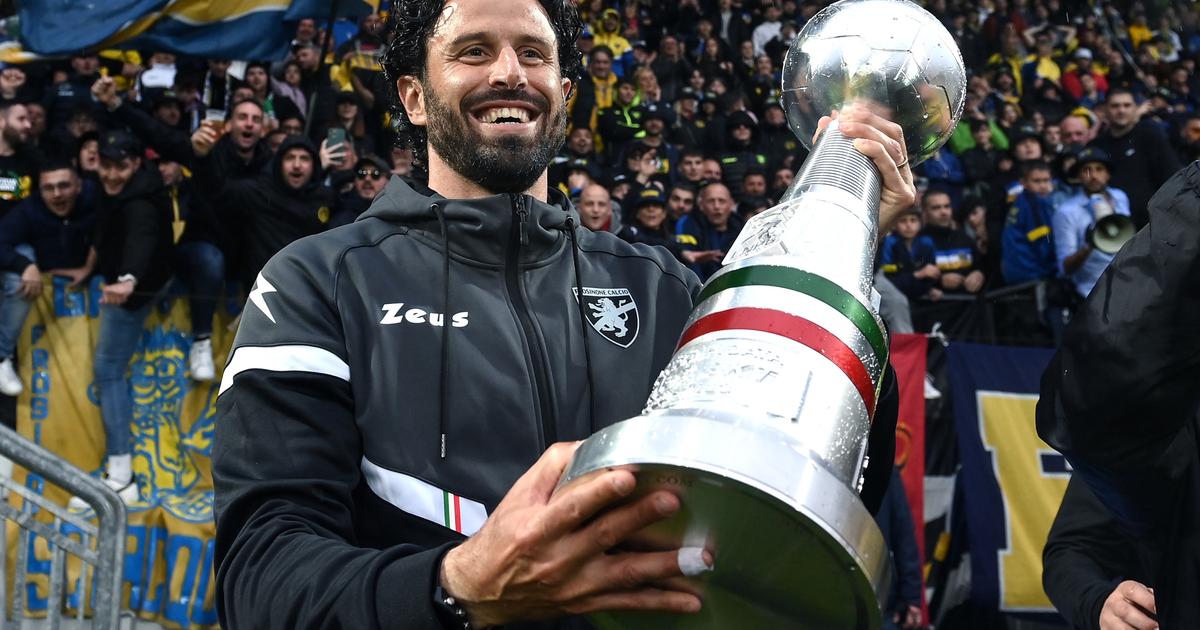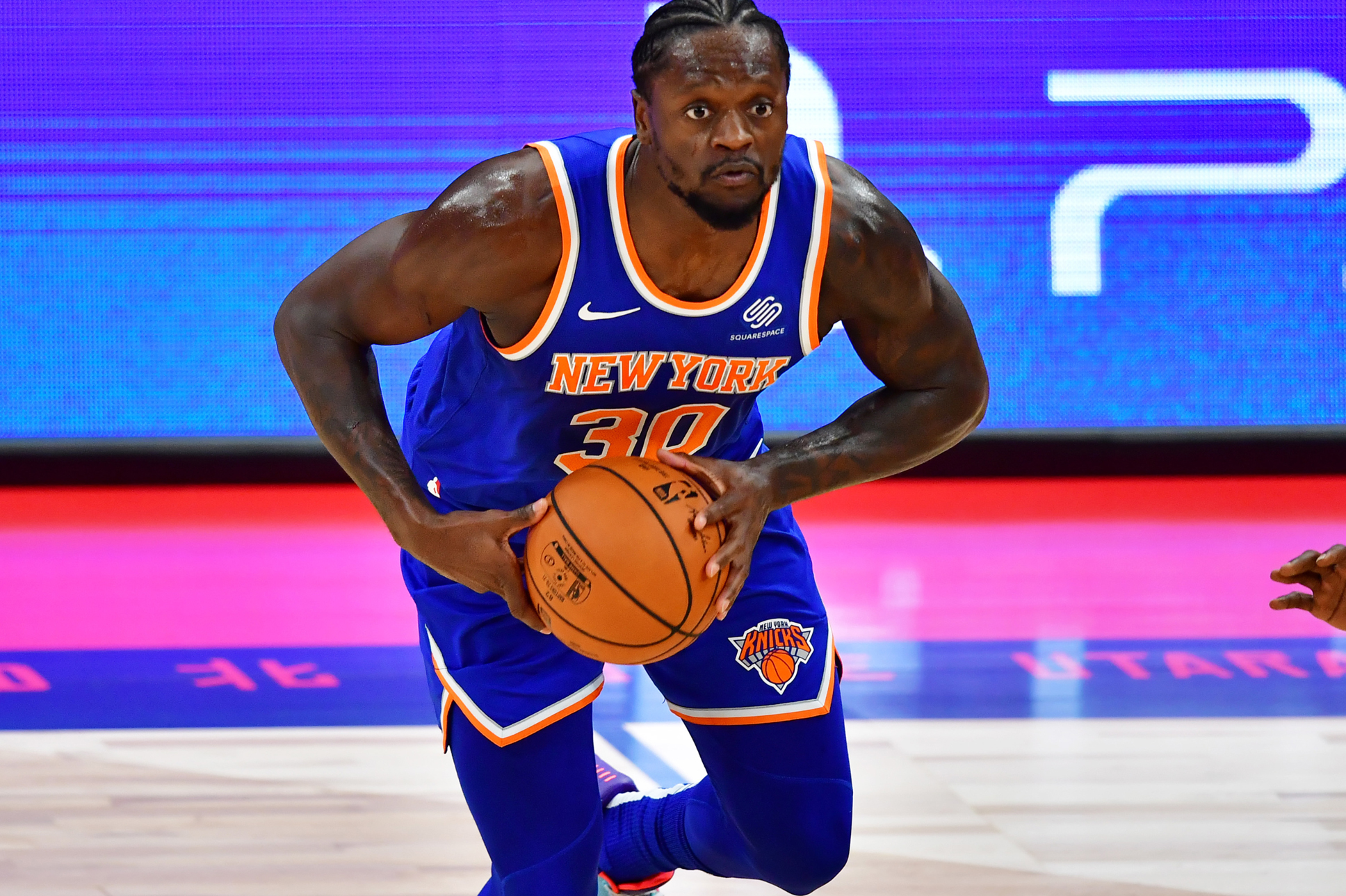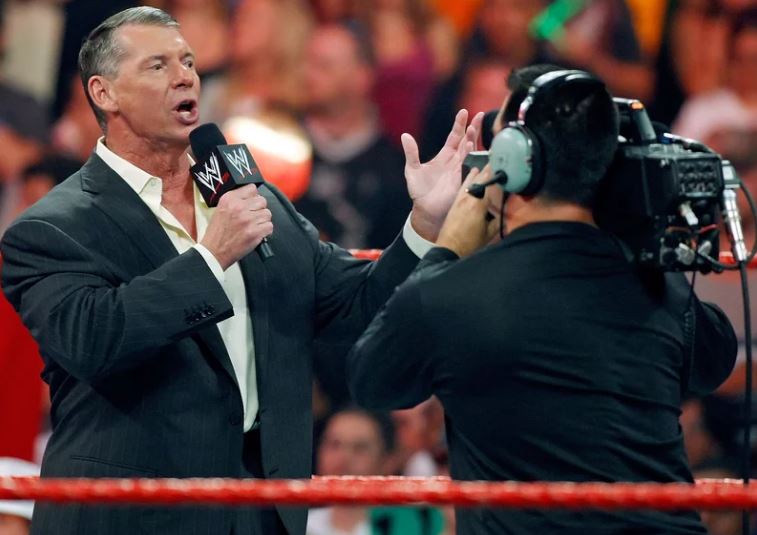Ryan Gosling is known for using the virtue of stoicism effectively in his film roles. One of the films for which he is best known is the gripping 2011 thriller Drive, in which he played an anonymous stunt driver who is calm behind the wheel but monosyllabic in conversation. In the film Blade Runner 2049, he played Officer K, a robotic character who was created artificially as a “replicant” and is supposed to be emotionless.
In the biopic First Man, he portrayed astronaut Neil Armstrong as brusque and aloof, far more prepared to confront his work than any interpersonal interaction. Despite appearing to be on the outskirts of each of those films, he was always dealing with a multi-faceted character, appropriate story stakes, and a bit of strangeness within himself. His most recent role, in the action film The Gray Man, which is available on Netflix, has none of that.
Ryan Gosling is once again playing a character with no name. This time, he’s taking on the role of a CIA assassin known as “Sierra Six.” Sierra Six is well-known for his cold-blooded efficiency. The Gray Man, directed by the Russo brothers and based on a best-selling novel published in 2009, is now available on Netflix (and in select theatres) and has an impressive pedigree: Around Gosling, they’ve assembled a star-studded cast that includes Chris Evans, Ana de Armas, Billy Bob Thornton, Regé-Jean Page, and Alfre Woodard.
The brothers have directed four Marvel films, four of which are among the most profitable ever made. The Gray Man, on the other hand, is a completely faceless endeavour, consisting of a string of set pieces and one-liners with no discernible character. But it’s Gosling’s charisma that truly distinguishes him on screen.
When I think of him, the first actor who comes to mind is Brad Pitt, who rose to prominence in the early 1990s thanks to his impressive performance in Thelma and Louise and the chiselled features on his face. However, Hollywood struggled to cast him in roles that would allow him to shine as a leading man. Pitt was portrayed as a stereotypically attractive young man in films such as A River Runs Through It, Interview with the Vampire, Legends of the Fall, and Meet Joe Black. Instead, he excelled in supporting roles that were far more unusual, such as 12 Monkeys and True Romance.
Pitt discovered the leading roles that best suited him through collaborations with directors such as David Fincher, Quentin Tarantino, and Steven Soderbergh. Their main characters had a more eccentric vibe, and despite being physically attractive, they were uneasy with what God had given them.
Ryan Gosling’s performances in all of my favourite roles have a similar tone. He has portrayed the stoic protagonists of Drive, Blade Runner 2049, and First Man, as well as the stumbling, overconfident private investigator Holland March in The Nice Guys, the scumbag trader Jared Vennett in The Big Short, and the kind-hearted but awkward Lars in Lars and the Real Girl.
He was least interesting when he played a do-gooder cop in Gangster Squad, and that’s what The Gray Man most vividly reminded me of. There’s no denying that Six, a government-trained assassin, exudes a sinister aura. The Russo Brothers, on the other hand, wasted no time in establishing that their protagonist is an ethical spy. Six hesitates to shoot at his target in the first mission because there is a child nearby; as his handlers encourage him not to worry about collateral damage, and after discovering corruption in the unit, he quickly turns rogue and begins to carry out his own missions.
The next two hours are filled with chase scenes set all over Europe. Six travels from Vienna to Prague to London in order to avoid the evil Lloyd Hansen (Chris Evans), a former spy turned for-hire assassin who lacks Six’s ethical convictions. Evans, another square-jawed marquee idol, at least gets to play the villain, Hansen, as a petty twit who can’t stop bragging about his Harvard degree.
Hansen is portrayed by Evans as a jerk who can’t stop bragging about his Harvard degree. In this role, Gosling is only given Six’s lack of personality to deal with. He spends the majority of the film frowning and mumbling because the government trained him to be a “grey man” who could blend into any situation. When he isn’t doing that, he is thrown into another CGI-powered mix of running, jumping, and shooting.
The cruellest irony is that Gosling is attractive enough to make it almost work. Even in the worst films, he’s always interesting to look at, and if nothing else, Hollywood has always been great at using beautiful faces to entertain large crowds. If The Gray Man had winked more at the curse of the movie star, it might have been more successful.
This would have made Six uncomfortable with the image of the dashing super-spy that he has been expected to portray his entire adult life. Beane was tipped to become a celebrity athlete due to his all-American looks, but he felt content only after he was relieved of the pressure of attempting to become a celebrity athlete. This tension is what I enjoy most about Brad Pitt’s portrayal of Billy Beane, the baseball general manager in the film Moneyball.
The Gray Man lacks such inward depths for one to investigate.
Six’s mission is to defeat Lloyd Hansen, avoid capture by any of his other potential pursuers, and free Claire (Julia Butters), the niece of his master, Fitzroy (Thornton). The movie’s goal is to establish a series of sequels, waste money on expensive location shoots, and appear glamorous and exciting; any rougher edges have been completely smoothed off. I have no doubt that Ryan Gosling earned a good living from his work on the film. In exchange, he displays the all-purpose steely charm that is expected of him, but he is emotionless.











